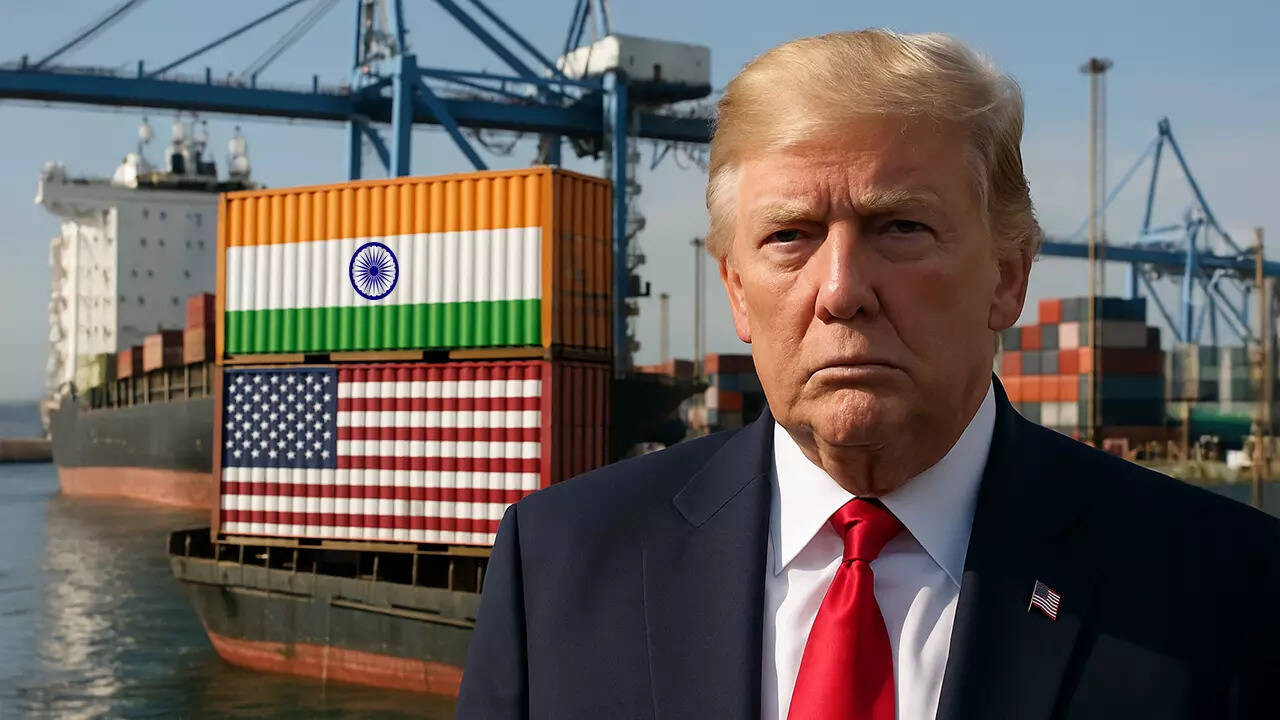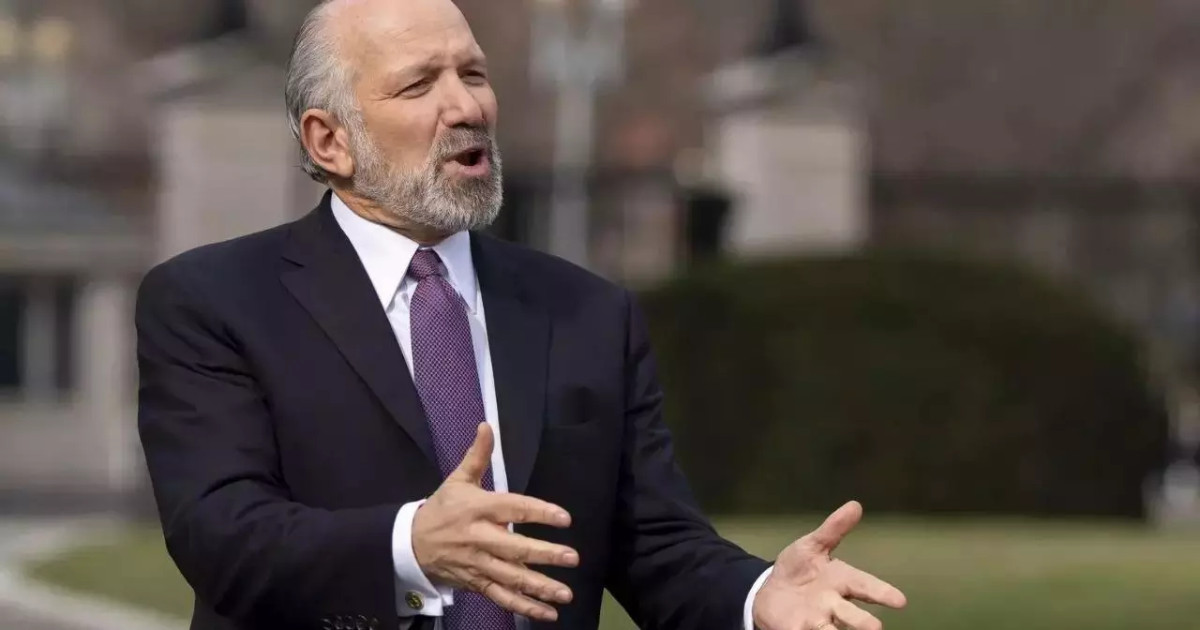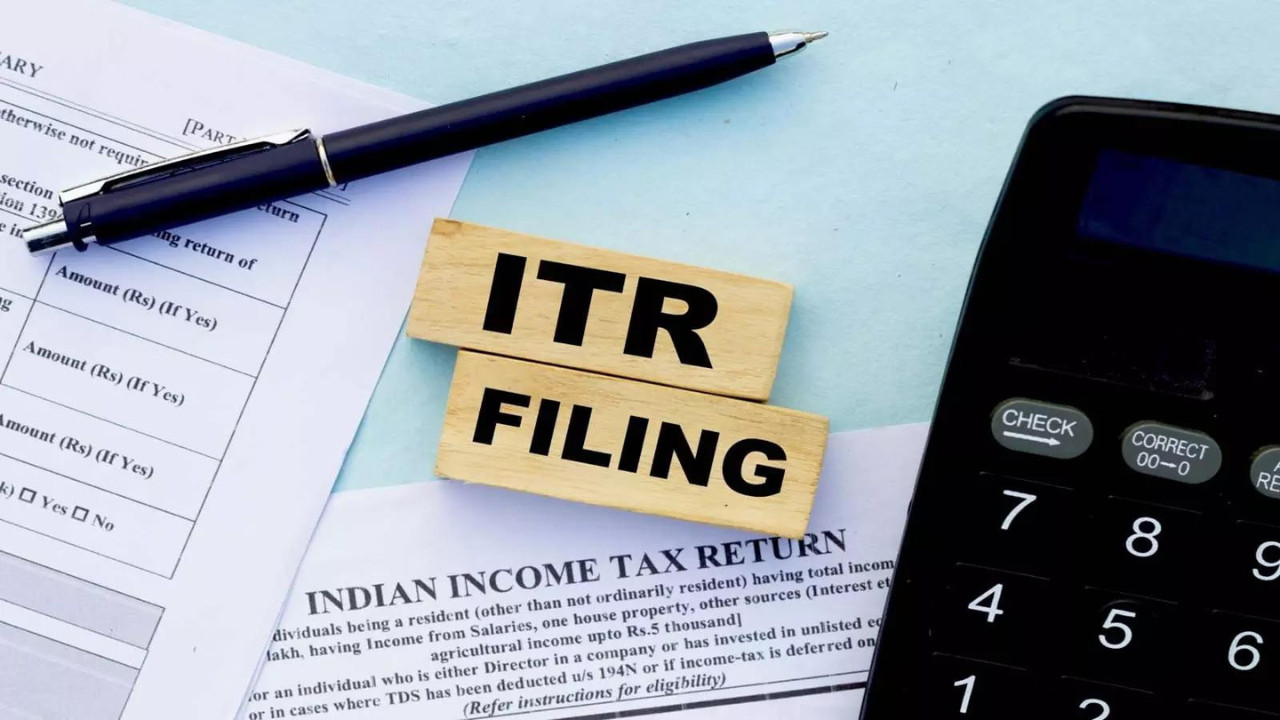A US delegation’s planned visit to India for bilateral trade agreement negotiations is likely postponed, casting uncertainty on the sixth round of discussions. This rescheduling occurs amidst US tariffs on Indian goods and demands for greater access to India’s agriculture and dairy sectors.
Navigating the Choppy Waters of India-US Trade Relations: What’s Next?
The dance between India and the United States on the trade stage just took another unexpected turn. Just when whispers of progress filled the air, the US team abruptly cancelled its planned visit in August, throwing a shadow over the prospects of a near-term trade agreement. And as if to underscore the complexities, tariffs from the Trump era are set to bite, adding pressure to the already delicate balance. So, what’s really going on and what does it mean for businesses on both sides of the globe?
Tariffs Return: A Step Backwards?
Remember those tariffs slapped on by the Trump administration? Well, they’re back. A hefty 50% tariff on certain products is slated to take effect from August 27th. This move feels like a step backwards. It directly contradicts the spirit of negotiation and cooperation needed to forge a sustainable trade deal. These tariffs have the potential to hit specific sectors particularly hard, impacting everything from agricultural goods to certain manufactured items. Importers and exporters are now scrambling to assess the damage and adjust their strategies. Will this aggressive move push India and the US further apart, or will it act as a catalyst to accelerate negotiations? The answer is far from clear.

Why the Sudden Shift in India US Trade Talks?
The reasons behind the cancelled visit remain shrouded in diplomatic ambiguity. Officially, no specific explanation was given, leaving analysts to speculate about underlying tensions and disagreements. Perhaps sticking points on market access, intellectual property rights, or agricultural subsidies proved too difficult to overcome at this stage. It’s also possible that domestic political considerations on either side influenced the decision-making process. Whatever the exact reasons, the cancellation highlights the inherent challenges in navigating complex trade negotiations, especially when dealing with two economic powerhouses with differing priorities. Trade relationships are always complex, and India-US relations are no different.
Impacts on Key Sectors
The on-again, off-again nature of these negotiations is creating uncertainty for businesses that rely on trade between the two countries. The agricultural sector, in particular, could face significant disruption as the newly reinstated tariffs make it harder to export certain goods. Similarly, the manufacturing sector, especially those companies involved in the production of intermediate goods, could see their supply chains disrupted and costs rise. These tariffs also impact small- and medium-sized enterprises (SMEs) who often lack the resources to navigate complex trade regulations and absorb additional costs. They risk being squeezed out of the market altogether.
Finding a Way Forward for India US Trade
Despite the current setbacks, hope for a comprehensive trade agreement hasn’t completely evaporated. Both India and the US recognize the immense potential that deeper economic ties could unlock. Finding common ground will require flexibility, compromise, and a willingness to address each other’s concerns. It may involve focusing on specific areas where agreement is more easily reached, such as digital trade or certain agricultural products, before tackling the more contentious issues. Continued dialogue and engagement will be essential to bridge the gaps and build trust. Perhaps a phased approach, focusing on quick wins, is the way to move forward.
For further reading on international trade, check out our article on [global market expansion strategies](/global-market-expansion).
What Does this Mean for You?
For businesses involved in trade between India and the US, the current climate demands caution and proactive planning. Review your supply chains, assess the potential impact of tariffs, and explore alternative markets or sourcing options. Stay informed about the latest developments in the negotiations and engage with industry associations and government agencies to voice your concerns and advocate for policies that support trade. Agility and adaptability will be key to navigating the uncertainties and seizing new opportunities as they arise. The landscape of India US trade is dynamic, and staying informed is the best defense.
The Path Ahead
The current situation presents both challenges and opportunities. While the cancelled visit and reinstated tariffs are undoubtedly setbacks, they also serve as a reminder of the importance of forging a strong and sustainable trade relationship between India and the US. With strategic vision, consistent communication, and a willingness to compromise, both countries can overcome the current hurdles and unlock the full potential of their economic partnership. The path forward requires careful navigation, but the rewards of a successful India-US trade agreement are undoubtedly worth the effort.







